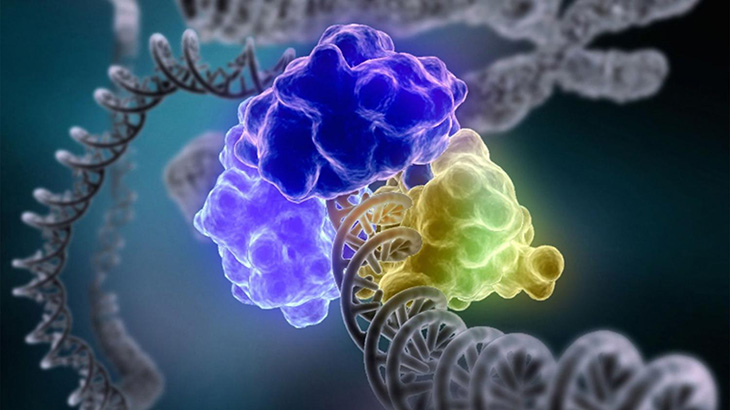The isolation of DNA was first carried out by Friedrich Miescher in 1869. However, its molecular structure wasn’t identified until much later in 1953 by James Watson and Francis Crick. Since then, scientists have been carried out extensive research into DNA and all that it reveals. A recent article published in Nature on August 3rd, 2016, describes how researchers have uncovered the mechanisms of how DNA damaged by UV radiation is repaired and what proteins contribute to its efficiency.
The research team consisted of scientists from the Institut Jacques Monod (CNRS/University of Paris Diderot), the Institute of Biology of the Ecole Normale Superieure (ENS/CNRS/Inserm), and the University of Bristol. They carried out extensive research that took a deeper look into our DNA and its ability to repair itself when damaged by things such as the carcinogens in tobacco smoke or UV radiation from the sun. To do this, the cell uses a battery of enzymes to identify and repair the damaged parts of the genome. Using nanotechnologies, the scientists were able to film this process as it was happening.
During the observation process, scientists discovered that when a single DNA molecule was added to the RNA polymerase enzyme, the cell recognizes that the DNA is damaged and begins to repair it. There were four active proteins that scientists uncovered were at work during this process which were: Mfd, UvrA, UvrB, and UvrC. All of which all helped to successfully repair the damaged DNA.
The researchers are hopeful that the results from their studies will lead to new applications being developed to fight cancers and treat pathogenic bacteria. As cancer cells become resistant to chemotherapy or radiation therapy, it is because they have activated the DNA repair process within the body. If scientists know how the repair process works, then they can find ways to disrupt it and prevent tumor resistance for happening. Also, with pathogenic bacteria, the proteins found here are similar to those of Mfd. So by discovering how these proteins work together to accelerate DNA repair could also lead to better treatments for fighting pathogenic bacteria.
More News To Read











